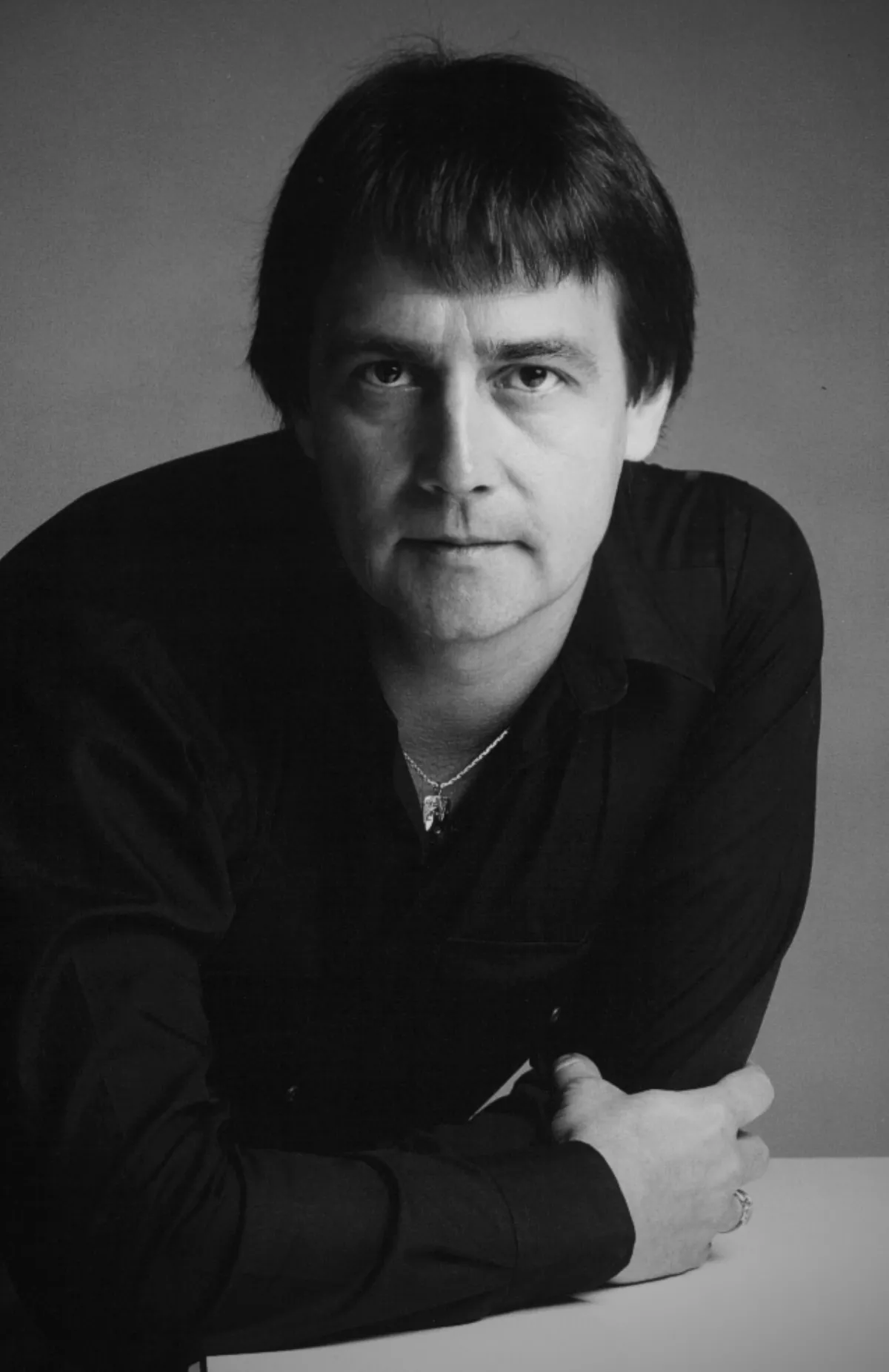 1.
1. Norbert Vesak, one of Canada's leading choreographers in the 1970s, was a ballet dancer, choreographer, theatrical director, master teacher, dance columnist, lecturer, and opera ballet director, known for his unique, flamboyant style and his multimedia approach to classical and contemporary choreography.